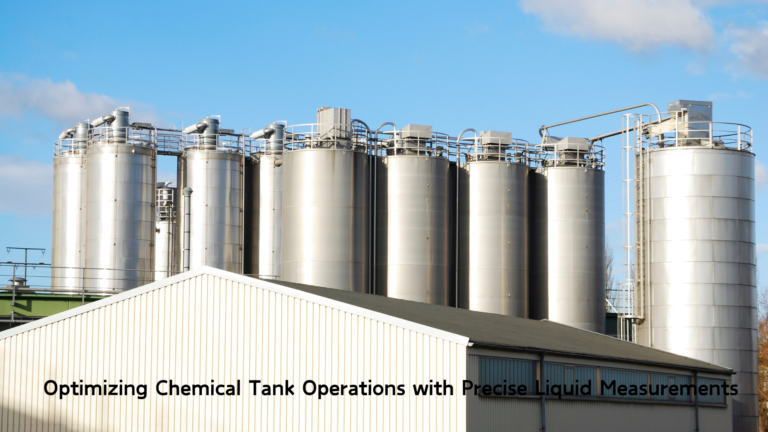In the complex world of chemical manufacturing and storage, precision is paramount. The efficiency and safety of chemical tank operations hinge on accurate liquid measurements, which ensure that processes run smoothly and resources are utilized effectively. As industries strive to optimize operations, the demand for precise measurement tools and techniques becomes increasingly critical.
This article explores the significance of precision in liquid measurements and the various methods employed to enhance chemical tank operations.
The Importance of Precision
Accurate liquid measurement is crucial for several reasons. First, it ensures that the right amount of material is used in production processes, minimizing waste and reducing costs. Inaccurate measurements can lead to overfilling or underfilling, both of which can have serious repercussions. Overfilling may result in spillage, posing environmental hazards and financial losses, while underfilling can compromise the quality of the final product.
Moreover, precise measurements are vital for maintaining safety standards. Chemical reactions often require exact quantities of substances to prevent dangerous situations such as explosions or the release of toxic gases. Proper measurement tools help in maintaining the delicate balance needed for safe operations.
Techniques for Precise Measurements
To achieve high levels of accuracy in liquid measurement, several techniques and tools have been developed. Each method offers unique advantages and can be selected based on specific operational needs.
- Float-Based Systems: These are traditional systems that use a buoyant device to measure the level of liquid. While cost-effective, they require regular maintenance and calibration to ensure accuracy.
- Capacitance Level Sensors: These sensors detect changes in capacitance caused by the presence of a liquid. They are highly sensitive and can be used in various liquids, although they may require calibration based on the dielectric constant of the liquid.
- Radar Level Sensors: Utilizing microwave radar technology, these sensors provide highly accurate measurements without direct contact with the liquid. They are ideal for corrosive or hazardous substances, as they help maintain safety by preventing exposure.
- Ultrasonic Level Sensors: These sensors use ultrasonic waves to measure the distance to the surface of the liquid. By calculating the time it takes for the waves to be reflected back, precise measurements can be achieved. Ultrasonic level sensors are highly effective in a range of environments and are valued for their non-invasive nature and adaptability to various tank sizes and shapes.
- Pressure Sensors: These devices measure the pressure at the bottom of a tank to determine the liquid level. They are particularly useful for dense or viscous liquids, where other measurement techniques might struggle.
Benefits of Precise Measurements
Implementing precise measurement techniques offers numerous advantages that can significantly impact the overall efficiency and safety of chemical operations.
- Cost Savings: By minimizing waste and ensuring optimal use of resources, precise measurements help in reducing operational costs. Over time, even small improvements in accuracy can lead to substantial savings.
- Improved Safety: Accurate measurements play a critical role in preventing accidents. By ensuring that chemical reactions occur under controlled conditions, the risk of hazardous incidents is reduced, safeguarding both personnel and the environment.
- Operational Efficiency: Precise liquid measurements support streamlined operations. They facilitate better inventory management, reduce downtime caused by measurement errors, and enhance the quality of the final product.
- Regulatory Compliance: Many industries are subject to stringent regulations regarding safety and environmental impact. Accurate measurements help ensure compliance with these regulations, avoiding legal issues and potential fines.
Conclusion
As chemical industries continue to evolve, the emphasis on precise liquid measurements will only grow. By adopting advanced measurement techniques and tools, companies can optimize their tank operations, leading to enhanced safety, efficiency, and cost-effectiveness. Investing in precision not only benefits the bottom line but also supports sustainable and responsible industry practices.
In conclusion, the future of chemical tank operations lies in the pursuit of precision. By embracing accurate liquid measurement technologies, industries can achieve greater operational success while upholding the highest standards of safety and environmental responsibility.





